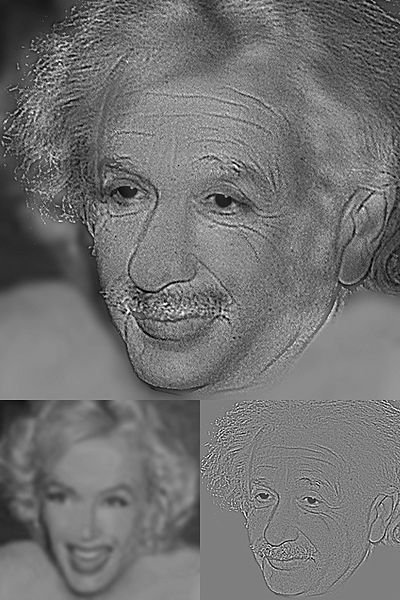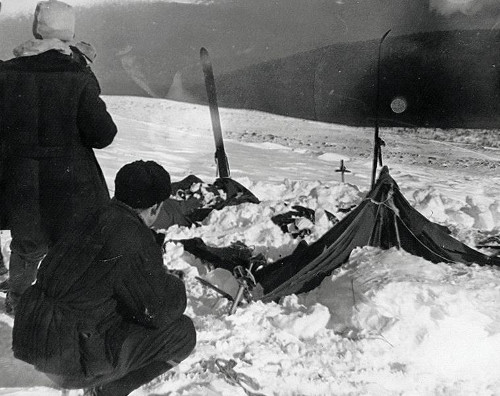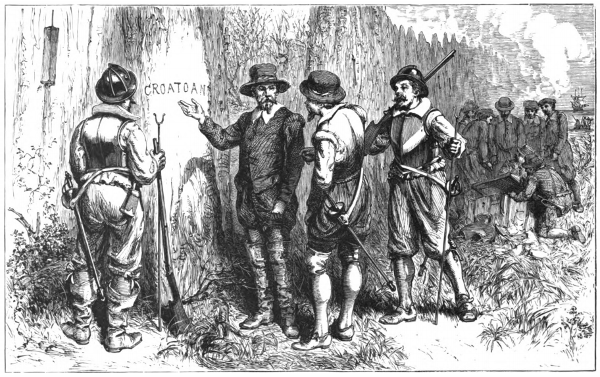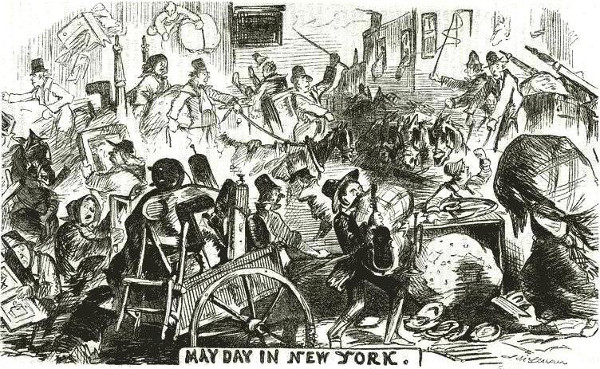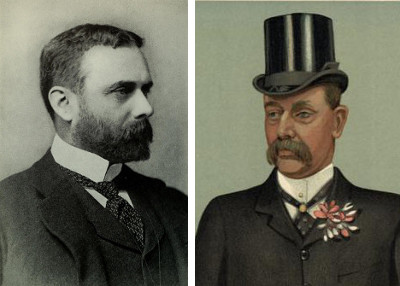
We’re told that we can’t change the past, but what about the case of retroactive pronouncements? On July 23, 2000, Lance Armstrong was declared the winner of the Tour de France — he completed the race with the lowest overall time, and his win was certified by the Union du Cyclisme Internationale. If on Christmas Day 2002 a friend of ours said, “Lance Armstrong won the Tour de France in 2000,” we would feel that this statement was true.
On Oct. 22, 2012, after determining that Armstrong had used banned substances, the UCI withdrew all of his wins at the Tour de France. If on Christmas Day 2012 our friend said, “Lance Armstrong won the Tour de France in 2000,” we’d feel that this statement was false.
“This means that, in moving from Context A to Context B, the past (of the actual world) has changed,” write Luca Barlassina and Fabio Del Prete in the January issue of Analysis. “The year 2000 had a certain property on Christmas 2002, but did not have that property on Christmas 2012 any longer.”
“One should then stop asking whether the past can change and start to inquire on how to make sense of this. We leave this task to a future paper — unless the future changes.”
(Luca Barlassina and Fabio Del Prete, “The Puzzle of the Changing Past,” Analysis, January 2015.)



